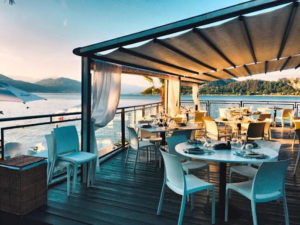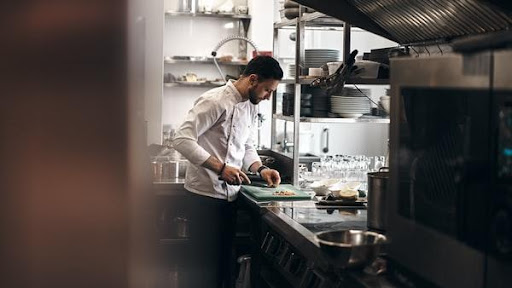Opening your own restaurant can be a very rewarding experience, but it can also be very challenging. There are a lot of things to think about when opening a restaurant, from the initial location planning stages to creating a menu and equipping the kitchen. Here is a guide to help you through the process of opening a restaurant.
How to Equip Your Restaurant
Equipping your restaurants with the appliances, devices, and hardware is the most important aspect of opening a restaurant. Depending on your menu, you’ll need various equipment to make your restaurant business a success. For example, if you’re opening a new pizza restaurant, you’ll need plenty of commercial pizza prep tables. These tables come in various sizes and offer an easy way to distribute pizza toppings, roll dough, and keep your ingredients organized. Additionally, if you’re opening a bakery, you’ll need display cases, convection ovens, and baking sheets. Overall, you need to prepare for your opening by stocking your restaurant with everything you need to create a good atmosphere. Try to invest in high-quality equipment and ensure you maintain them, so they don’t degrade.
How to Decorate Your Restaurant

Regardless of your theme, your restaurant should exude a welcoming and intriguing environment for your guests. The first thing you should do is work with a sign company in Dallas to create an eye-catching design. Not only will a sign entice more guests, but you’ll increase brand awareness with high-quality signage. Consider decorating the exterior with items that reflect the vibe of your restaurant. For example, if you own a bakery, consider adding floral elements to your exterior and add some patio seating. This will give guests a cozy Parisian feeling that will enable them to visit and stay awhile. You should also consider sticking to a color scheme to create a cohesive experience.
How to Choose a Restaurant Location
Location is key when opening a restaurant. You will want to choose a location that is visible and easily accessible from major roads. The location should also be in an area with a high population density so that you can maximize your customer base. Consider your target audience; If your restaurant is geared toward young people, you’ll want to find a location that is close to popular nightlife spots. If you’re targeting families, you’ll want to look for a neighborhood with good schools and plenty of parks. Another thing to think about is your hours of operation. If you want to open a breakfast restaurant, you’ll want to find a location that is close to residential areas. If you want to open a bar, you’ll want to find a location that is close to nightlife spots. Either way, make sure the location you choose fits your budget and expectations.
What You Should Include On Your Menu
When planning a menu, there are many factors to consider, including the occasion, the time of year, and the dietary restrictions of your guests. But one of the most important factors is the type of food you choose. If your restaurant has a theme, try your best to stick to that theme and get creative. For example, if you want to open a barbecue place, consider sticking to one style of barbecue, like Kansas City or Memphis-style. Next, you’ll want to consider a wide variety of beverages that cater to all ages and demographics. Having a few non-alcoholic options beyond water and soda makes your menu flexible for your guests.
Try to include any warnings related to potential allergies or dietary restrictions. Common restrictions include gluten, dairy, and peanuts. It’s also helpful to display the number of calories, the price, and the full ingredient list next to each item. This will prevent potential confusion or miscommunication over menu details. If you are serving cocktails, consider creating unique concoctions that relate to your theme. Feel free to give them memorable names and descriptions.
It’s crucial to nail down the details for your restaurant—especially the location, menu, and decor. This will help to ensure that your restaurant is successful and meets the needs of your customers.

